What a change 2014 has brought for the nation’s dairy farmers. Milk prices have reached record levels, and feed prices have plunged to the lowest level in nearly a decade, thanks to ideal growing conditions in the Corn Belt.
It’s a long way, indeed, from the dark days of 2009, when farmers lost money on every hundredweight of milk they produced, month after month. That prolonged period of non-existent operating margins between 2007 and 2009 robbed farmers of a collective $20 billion in equity.
As dark as 2009 was, the present moment, at least, stands in bright contrast. But high prices have a history of curing high prices, and we all know that commodity production is a cyclical business. Just as stormy weather never persists, neither do the sunniest days. That’s why we have rainy-day plans, for the challenging times that inevitably follow the good ones.
Thus, in the midst of our present good fortune, 2014 has also brought the dairy producer community a new way to prepare for those rainy days, in the form of the Margin Protection Program contained in the Farm Bill passed by Congress earlier this year and just implemented by the U.S. Department of Agriculture.
This month, dairy farmers will have the opportunity to learn about and eventually enroll in the new MPP. It’s a risk management program for the 21st century, one that recognizes that past federal programs to help farmers – those that targeted the milk price alone – are no longer adequate in an era when feed costs are much more volatile than in the past (2014’s anticipated bumper crop notwithstanding…we can’t count on perfect weather ever year).
The program that is debuting this month represents NMPF’s vision for how farmers can protect against the types of catastrophic conditions we experienced in 2009, and again as recently as 2012. It will protect against the most critical gap on a dairy farm: the difference between a farmer’s milk price, and the cost of corn, soybean meal and alfalfa hay that farms typically use to produce that milk.
Producers will be able to insure their margins on a sliding scale, deciding both how much of their milk production to protect, and the level of margin they wish to cover. Basic margin coverage, at $4 per hundredweight, is at essentially no cost to the farmer, aside from a $100 annual registration fee. Above the $4 level, coverage is available for an escalating scale of premiums.
Let’s look at an example of how MPP might have worked in 2012, when margins dropped below $4. Consider a 500-cow dairy with 90 percent of its production covered and its margin insured at $6.50 per hundredweight. Had MPP been in effect, that farm would have paid a premium of $21,500 in 2012. But it would have received benefits of more than $140,000, for a net gain of at least $120,000.
A 100-cow dairy with similar coverage would have paid a premium of approximately $1,600 and come out $23,600 ahead, while a 1,000-cow dairy would have paid a $56,000 premium and come out $260,000 ahead.
Most importantly, the safety net would have gone a long way toward keeping these farms from financial ruin, as margins dipped below $4 per hundredweight.
The ability to use a voluntary, flexible government program to insure margins had its genesis at the grassroots level, through an NMPF effort we called “Foundation for the Future.” Dairy producers and their co-ops were instrumental in coming together through NMPF, and convincing Congress to include the concept in the 2014 farm bill.
Over the last six months, NMPF has worked closely with the Agriculture Department on the details of how to implement MPP. On balance, we’re pleased with the way things turned out. Looking ahead, in the coming months we’ll be putting a lot of effort into explaining why it’s critically important for farmers to sign up for MPP. To help producers make coverage decisions, we have multiple tools on our websites, including a downloadable calculator allowing them to gauge the program’s potential impact on their farms.
Above all, producers shouldn’t let today’s healthy margins lull them into inaction. MPP’s insurance protections aren’t likely to be triggered the remainder of 2014. But U.S. milk production was up nearly four percent in July, suggesting that a surge in milk production could be coming down the pike. If supply begins to outstrip demand (and eventually there is always a day of reckoning that arrives), farmers need to protect themselves when the time comes.
Fortunately, producers can sign up between now and December 5 for minimal cost, and will be able to adjust their coverage for future years on an annual basis. However, they need to be in the program to make those adjustments.
If current conditions continue 2014 will be remembered, fondly, as one for the record books. But it will also be remembered as the time when we established a new foundation that will help greatly in those years when strong milk prices are nowhere to be found.
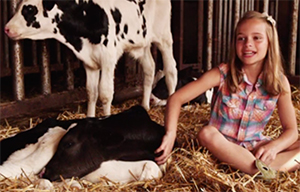 Ten-year-old Jenna Kelsay, the youngest generation in a multi-generational dairy farm family, is the latest “citizen kid” to be featured in a Disney Interactive web series that celebrates the extraordinary things kids accomplish when they embrace their interests and talents.
Ten-year-old Jenna Kelsay, the youngest generation in a multi-generational dairy farm family, is the latest “citizen kid” to be featured in a Disney Interactive web series that celebrates the extraordinary things kids accomplish when they embrace their interests and talents.
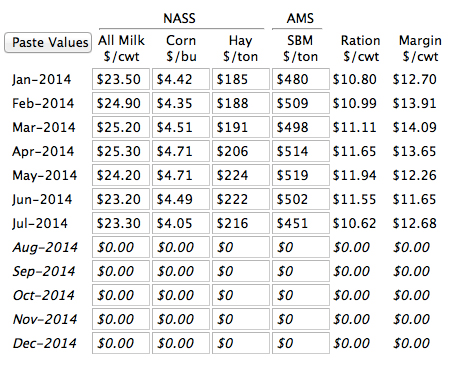 ARLINGTON, VA – The National Milk Producers Federation today launched an online, downloadable calculator to help farmers select coverage levels under the new federal dairy safety net, known as the Margin Protection Program for dairy (MPP). The calculator is located at www.futurefordairy.com/mpp-calculator.
ARLINGTON, VA – The National Milk Producers Federation today launched an online, downloadable calculator to help farmers select coverage levels under the new federal dairy safety net, known as the Margin Protection Program for dairy (MPP). The calculator is located at www.futurefordairy.com/mpp-calculator.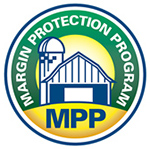
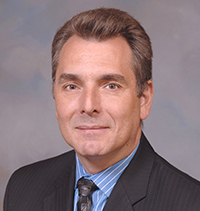 Veteran Industry Expert to Focus on Environmental Issues
Veteran Industry Expert to Focus on Environmental Issues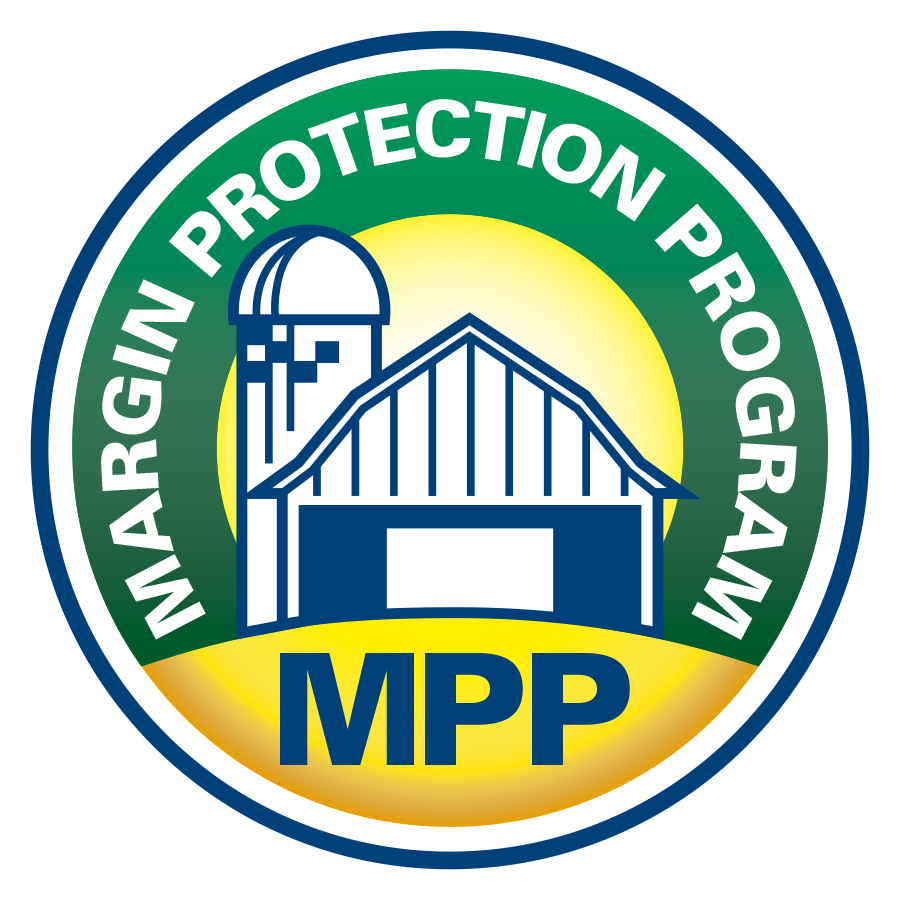 After years of work by NMPF and its member cooperatives, a better federal dairy program is expected to finally emerge between now and Labor Day. Barring any last-minute glitches, producers will soon be perusing the details of this new, and very different, safety net based on margins rather than just milk prices.
After years of work by NMPF and its member cooperatives, a better federal dairy program is expected to finally emerge between now and Labor Day. Barring any last-minute glitches, producers will soon be perusing the details of this new, and very different, safety net based on margins rather than just milk prices.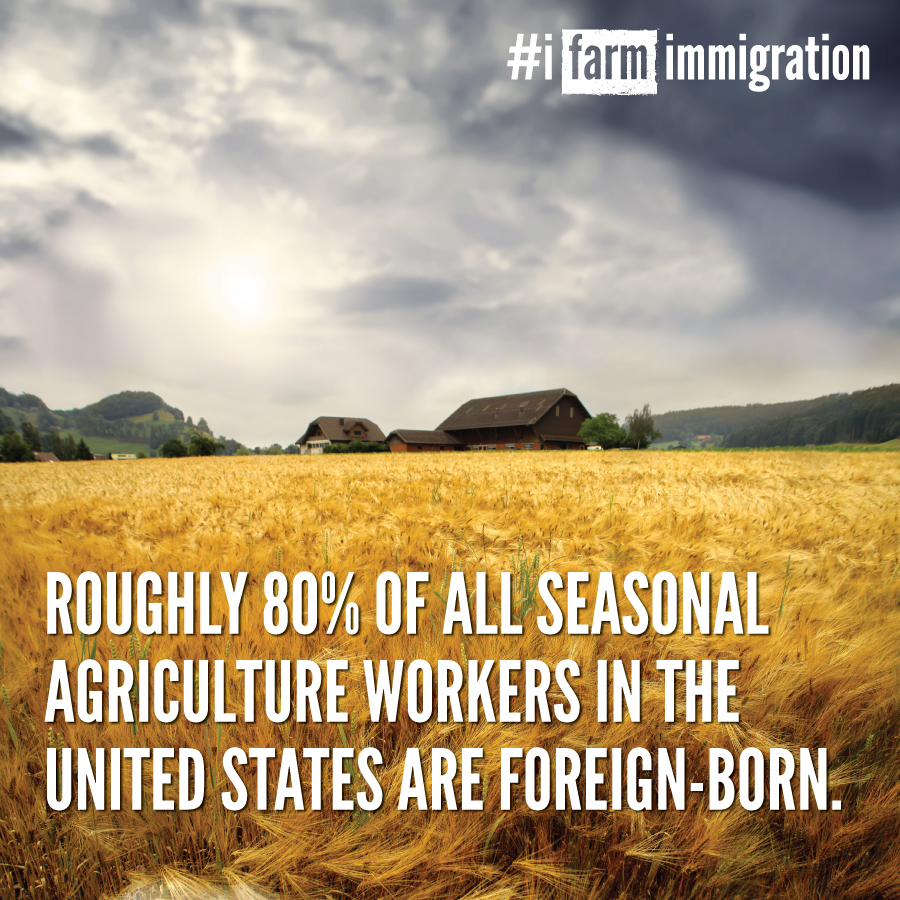 The surge in undocumented children coming across the Texas border has thrown yet another monkey wrench into the immigration reform debate. And Congress’ failure to pass a stripped-down funding bill to address the border crisis before the August recess suggests the likelihood of action on comprehensive reform this year is now close to zero.
The surge in undocumented children coming across the Texas border has thrown yet another monkey wrench into the immigration reform debate. And Congress’ failure to pass a stripped-down funding bill to address the border crisis before the August recess suggests the likelihood of action on comprehensive reform this year is now close to zero.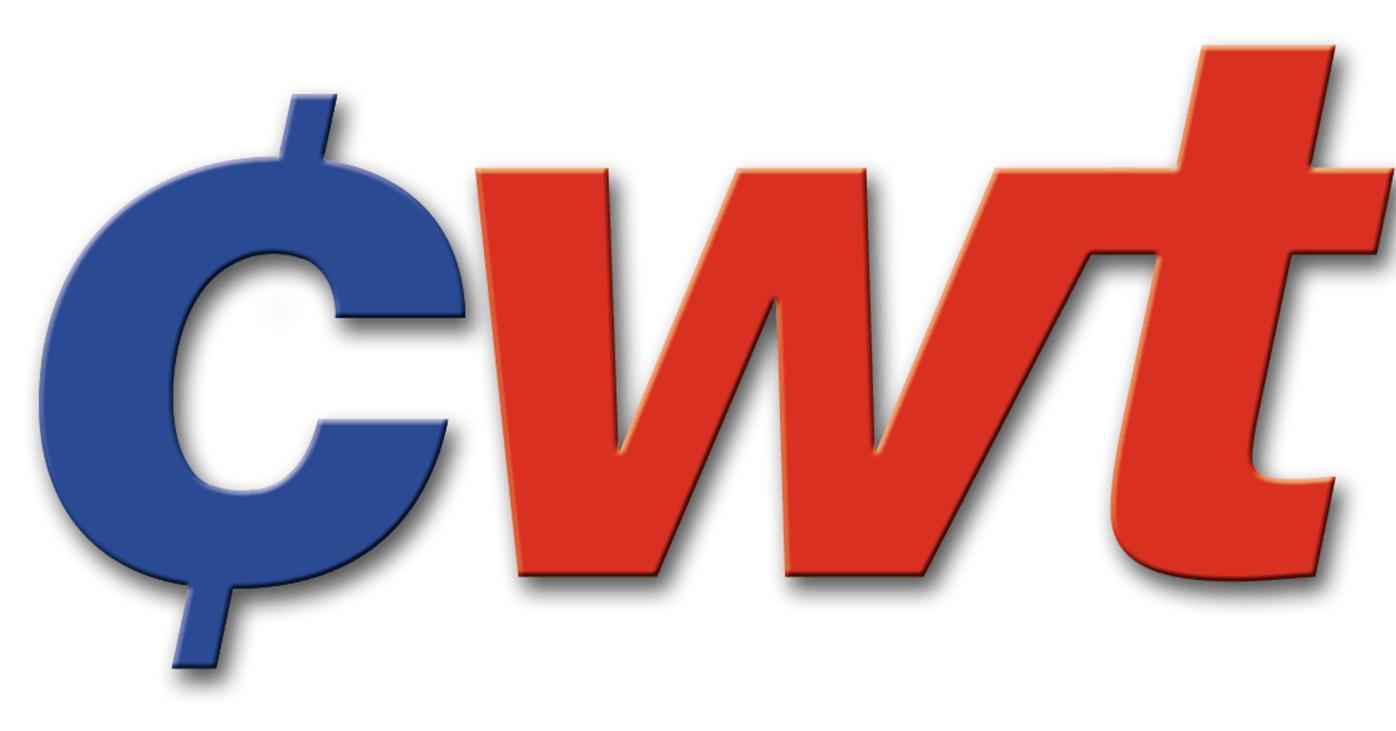 The United States exported 17.3 percent of its milk production in June, the highest percentage ever achieved for the month of June and one of the highest monthly percentages ever.
The United States exported 17.3 percent of its milk production in June, the highest percentage ever achieved for the month of June and one of the highest monthly percentages ever.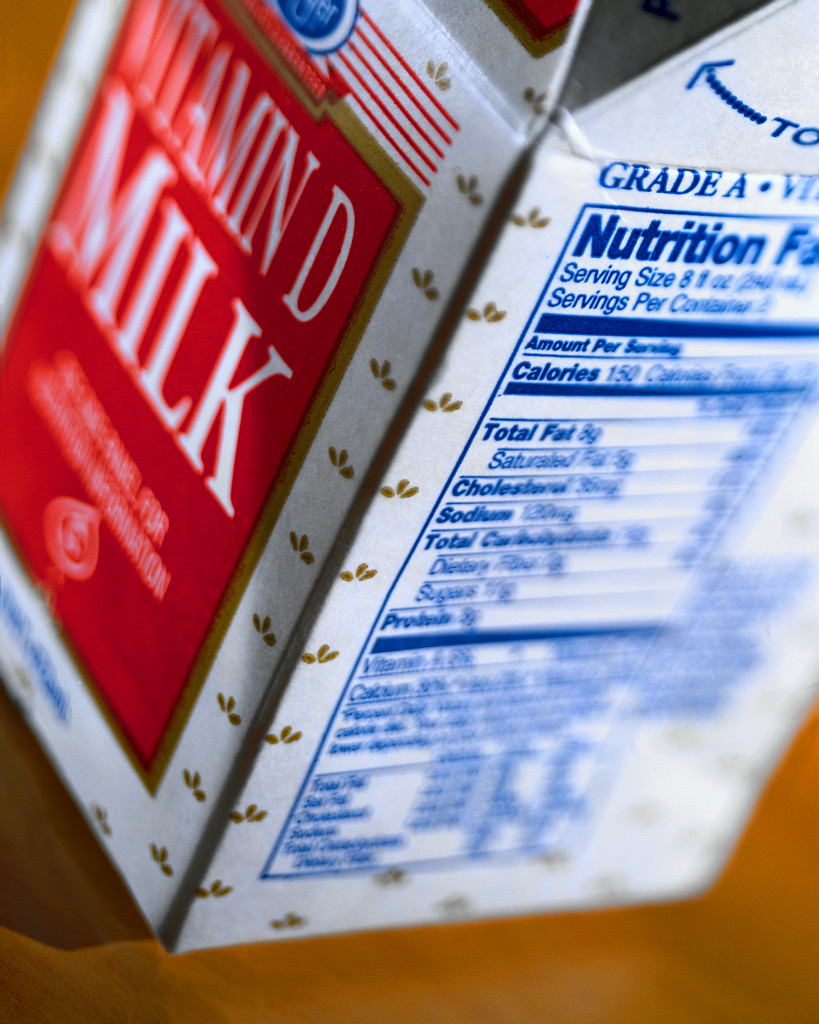 Question: When is lactose, which occurs naturally in dairy products, considered “added sugar”?
Question: When is lactose, which occurs naturally in dairy products, considered “added sugar”? NMPF called a new biogas “roadmap,” unveiled by the White House August 1, a potential revenue-generator for dairy farms that can also help the industry reach its goal of reducing its carbon footprint 25 percent by 2020.
NMPF called a new biogas “roadmap,” unveiled by the White House August 1, a potential revenue-generator for dairy farms that can also help the industry reach its goal of reducing its carbon footprint 25 percent by 2020.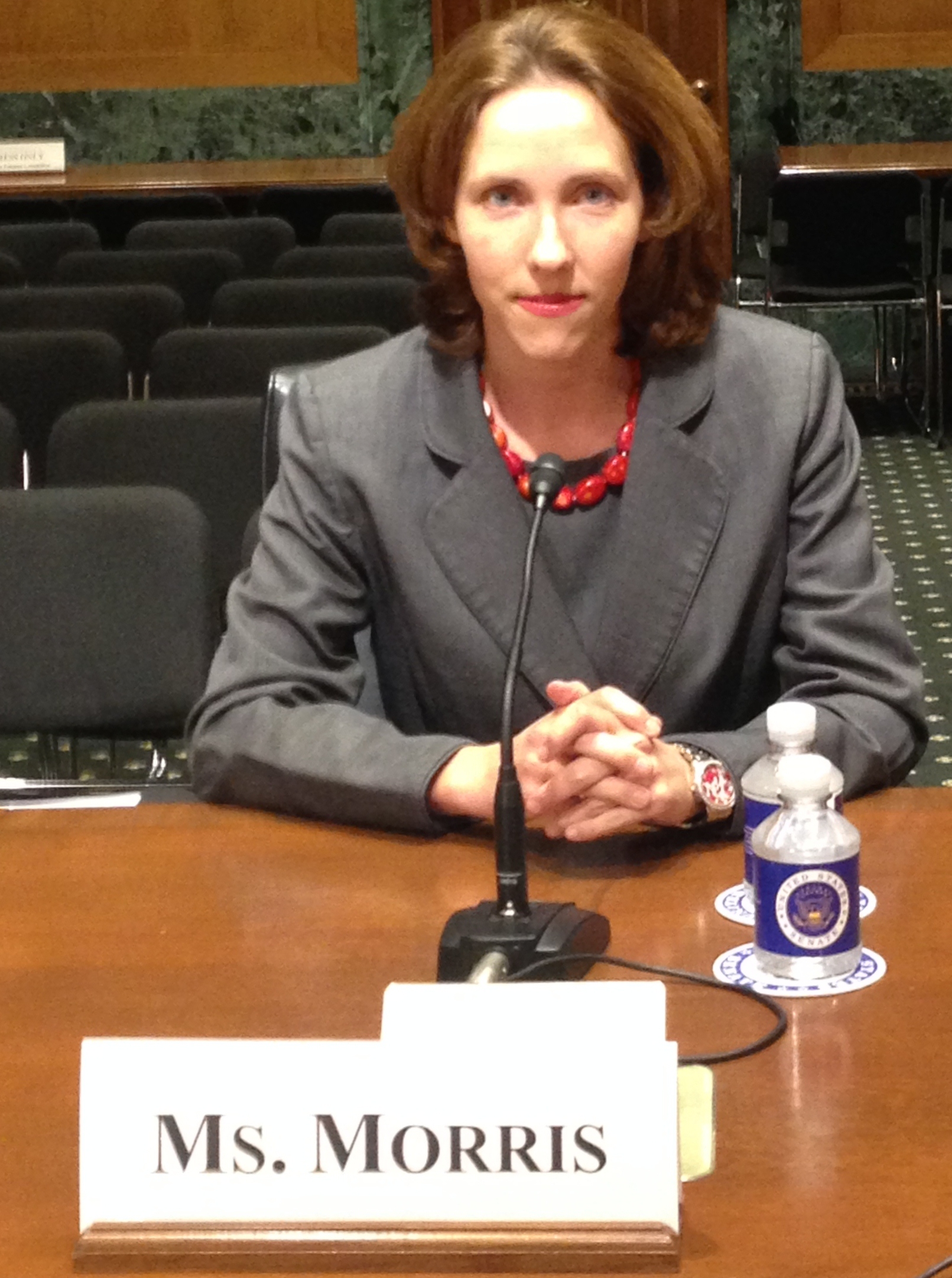 NMPF told a Senate subcommittee in July the 2010 U.S.-Korea Free Trade Agreement has already given a shot in the arm to U.S. dairy exports but that abuse of geographical indications by the European Union is restricting access to the Korean market for U.S. cheeses.
NMPF told a Senate subcommittee in July the 2010 U.S.-Korea Free Trade Agreement has already given a shot in the arm to U.S. dairy exports but that abuse of geographical indications by the European Union is restricting access to the Korean market for U.S. cheeses. 



